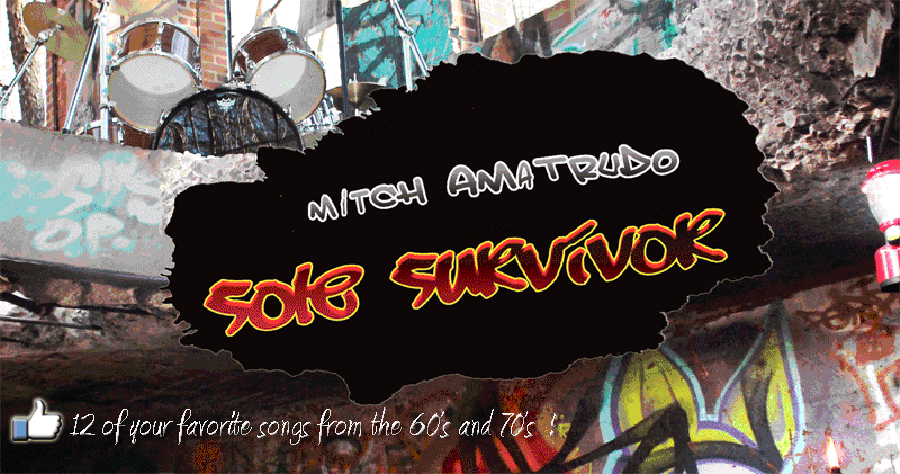

- Play list (click titles for info)
- About Sole Survivor
- Mitch's Bio
- Studio
- Song Samples / BUY
- Contact / Other Stuff
-
Concept, Art & Photos
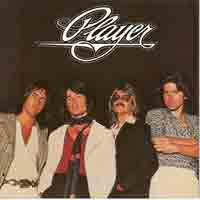
"Baby Come Back"From the self-titled album by Player
1977 by Peter Beckett and John Crowley
In 1978 the song reached #1 on the Billboard Hot 100, and #10 on the soul charts. I'm pretty sure everyone loved this song when it came out. Bass player Ron Moss went-on to become a star in CBS' "The Young and the Restless", in which he played character Ridge Forrester for 25 years.
Instruments: DRUMS, BASS, PERCUSSION, PIANO, SYNTHESIZERS, ELECTRIC GUITAR, ACOUSTIC GUITAR

1979 by Marilyn Mason/Larry Hoppen
The song reached #11 on the Billboard Hot 100. This was the 10th song recorded for this project. I heard it on the cable TV 70's music program and knew it would be a fun one to do. As with "Crystal Blue Persuasion", I hit a wall with this song at an early point in the recording, but again decided to reevaluate the situation and move forward. This song took several weeks to record.The background vocals were intentionally overproduced and over-tuned for effect.
Instruments: DRUMS, BASS, ACOUSTIC GUITAR, ELECTRIC GUITAR, PIANO, SYNTHESISERS, PERCUSSION
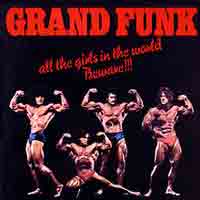
1974 by Mark Farner
Reached number 4 on the Billboard Hot 100 Chart. Grand Funk prompted my awareness of Rock and Roll as a teenager. Their iconic "Closer To Home" album was recorded in 1970 when I was just 9, and my older siblings had all the Grand Funk albums so I was always hearing them. "I'm Your Captain (Closer To Home)" was the first multitrack "one man band" recording I did when I got my first 4-track equipment. I believe GFR to be the best straight-ahead rock band ever, and Don Brewer is my favorite drummer, and the one who most influenced me as a drummer.
Instruments: DRUMS, BASS, ELECTRIC GUITAR, PERCUSSION, SYNTHESIZERS
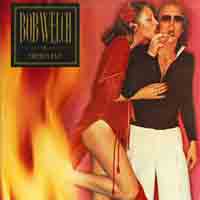
1972 by Robert Welch
Welch was a former member of Fleetwood Mac, and this song first appeared on their 1972 "Bare Trees" album. He later released it on his 1977 solo album "French Kiss", but without the 2nd verse which I included. It was in the top 10 on both the Pop and Adult Contemporary charts. This was the first song recorded for Sole Survivor. Bob Welch was an interesting guy. He had an interest in UFO's and extra-terrestrial life. Sadly he took his own life in 2012.
Instruments: DRUMS, BASS, 6 & 12 STRING ACOUSTIC GUITARS, ELECTRIC GUITAR, SYNTHESIZERS, AUTOHARP, PERCUSSION
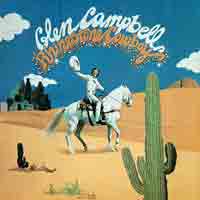
A hugely successful song for Glen Campbell, which hit #1 on both the Pop and the Country charts. I grew-up with rock so I never knew anything about what was going on in the Country Western world. If the song hadn't crossed-over to the pop charts I never would have heard it, and I always liked it. I was hesitant to include this song, since it's a departure from the classic rock theme of the project, but I decided to use it as a tribute to Glen Campbell, who is not feeling well these days. The guy has had an amazing career in music and film (if you don't know, look him up to see the stuff he's done).
Instruments: DRUMS, BASS, 6 & 12-STRING ACOUSTIC GUITARS, ELECTRIC GUITAR, BANJO, PIANO, SYNTHESIZERS, PERCUSSION

From the 1969 album "Crimson and Clover" by Tommy James and the Shondells
1969 by Tommy James/Eddie Gray/Mike Vale
Classic song reached number 1 on the Hot 100 chart. Often thought to be a song about drugs, the writers' influence for the song was actually the Bible's book of Revelation This is another song that my older brothers and sister always played at home, and even before doing my internet research I still remembered the orange Roulette record label on the 45. This was a very complex recording that took a long time. I recorded a bunch of percussion tracks to drive the beat along with the drums. At one point after spending considerable time on this song, I nearly dropped it because I just couldn't get it to work, but I decided to press on and try some different ideas. Interestingly I read in an interview with Tommy James that they also had difficulty getting the sound they were looking for when making the original recording of the song. The song recently regained popularity after being featured in an episode of AMC's "Breaking Bad" series.
Instruments: DRUMS, BASS, ACOUSTIC GUITAR, ELECTRIC GUITAR, MANDOLIN, PIANO, ORGAN, PERCUSSION
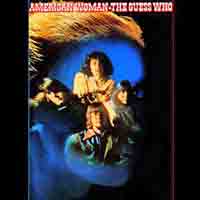
1969 by Randy Bachman and Burton Cummings
Canadian band The Guess Who had a ton of big hits in the 70's. This one peaked at #5. I always thought it was a cool song and always liked to sing-along with the harmonies in the chorus. Randy Bachman went-on to become a founding member of "Bachman Turner Overdrive", while Burton Cummings had a solo career and you might see one of his songs on a future project of mine.
Instruments: DRUMS, BASS, ELECTRIC GUITAR

1972 by Gilbert O' Sullivan
This beautiful but dark song was not on the "Back To Front" album but was released as a single at the same time. Gilbert O' Sullivan is an artist from Ireland who wrote a lot of great songs. This one reached #1 on the Billboard Hot 100 and was rated the 5th most popular song of the 1970's. It also spent 6 weeks at #1 on the Easy Listening chart. This recording all fell into place rather quickly and is one of my favorites on the Sole Survivor project.
Instruments: DRUMS, BASS, ACOUSTIC GUITAR, ELECTRIC GUITAR, PIANO, SYNTHESISERS, PERCUSSION
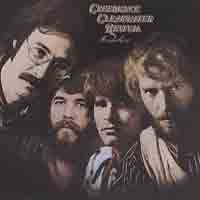
From Creedence Clearwater Revival's 1970 "Pendulum" album.
1970 by John Fogerty
This is one of those songs that I've heard a million times but never realized until recently how good it is. For some reason when I hear music on TV and on film, I seem to hear it in a different way than before, and often I think to myself "I never realized what a great song this is". This song has been used in a lot of soundtracks so I must have gotten the idea that way, though I don't remember from which show. In this production I added a Jim Ed Norman-esque piano track and replaced CCR's electric guitars with acoustic guitar only.
Instruments: DRUMS, BASS, ACOUSTIC GUITAR, PIANO, ORGAN, PERCUSSION

1970 by Neil Young
Released as a single in 1970 in response to the tragic shooting incident at Kent State University. Studio version of the song did not appear on an album until 1974's "So Far". I always thought this was a cool song and loved the transition from the verse into the chorus. Lyrics in songs were never very meaningful to me, so it was only in recent years that I learned what this song was all about. Embarrassingly, I always thought the words were "forgetting ohio" !
Instruments: DRUMS, BASS, ELECTRIC GUITAR
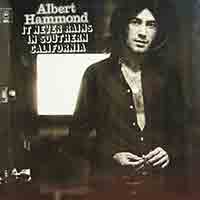
1972 by Albert Hammond and Mike Hazlewood
While this song first appeared on Albert Hammond's "It Never Rains In Southern California" album, it was made popular by The Hollies on their 1974 album "Hollies", which was recorded at Abbey Road studios and engineered by Alan Parsons. It reached number 6 on the Billboard Hot 100 chart, and number 3 on the adult contemporary chart. When I heard this song during my song search and the big harmonies kicked-in, I knew it had to go on the album.
Instruments: DRUMS, BASS, 6 & 12-STRING ACOUSTIC GUITARS, ELECTRIC GUITAR, SYNTHESISER, PERCUSSION

1963 by Brian Wilson
Surfer Girl peaked at #7 on the hot 100 chart. This is said to be the first song Brian Wilson ever wrote. Arranging and singing harmonies has always been one of my favorite things to do musically, but with Brian Wilson's harmonies all the rules change. Surfer Girl was the first song on Sole Survivor that required any pre-production for the vocals. Here I am in 2013 with a microphone, an unlimited number of audio tracks to record on, and the ability to cut and paste parts between tracks, yet the best I could do was to produce something that worked OK, but I was still unable to figure out exactly what Brian and those guys sang back in 1963. I sang to a reference track and completed all the vocal tracks before doing any music tracks. I considered leaving it as an A-Cappella number, but instead went in a little bit of a bluegrass direction by introducing the banjo and resonator guitar (Dobro) into the mix.
Instruments: DRUMS, BASS, ELECTRIC GUITAR, BANJO, RESONATOR GUITAR, PERCUSSION
About "SOLE SURVIVOR"
Early Recordings
I have been recording songs on my own and with other bands and musicians for many years (see my "bio" section). For the first 15 years or so, the projects I did by myself were recorded on a Teac 4-track reel to reel tape recorder. In those days a 4-track was the "go to" recording setup for most young musicians at home, unless you were fortunate enough to have the resources to afford an 8-track, which I remember as being the "Holy Grail" of home recording setups at the time. Even just having a 4-track at home would move you to the front of the line when auditioning for a band (much the same as having a van or a hot girlfriend). If you wanted a serious recording the band had to pitch-in and spend some serious money to book a 24-track studio "like the ones you see on TV".
In those days I frequently relied on MIDI to do my own recordings with. This meant that I could sync together my electronic keyboard and a drum machine, and program it all so that with a press of a button all of the drum and keyboard parts would play together and I could funnel all of it onto 1 of the 4 available recording tracks, leaving the other 3 for vocals and maybe an electric guitar part. Having only 4 tracks to record on meant that any microphone recording other than a few vocals was not realistic or even really possible. There is a way to combine 2 or 3 recorded tracks onto one, freeing-up more tracks for recording. I did this regularly so that I could squeeze as many tracks as possible onto the tape, but the cost is that the sound quality suffers tremendously. Recording in this manner was very challenging and the end result was always fair at best, not to mention mono. It was still fun though, and I'm still proud of what I was able to accomplish with such "primitive" gear.
Technology Advances
Enter the computer age. I was about to buy a music device called a sequencer but the guy at the store talked me out of it and instead urged me to get one of those new home computers, as this was to be the future of home recording. I took his advice and thus began my foray into digital recording. This was in 1993, and at first all the computer did was allow us to do the same type of MIDI recordings as before, only now you could see stuff visually on the screen so it helped to arrange everything. You still had to actually record the music onto the tape recorder. The first version of the Cubase software that I bought was shipped on a single 3 1/2" floppy disk, and cost about 500 dollars.
Then of-course the whole home recording thing expanded in-step with the advances in computer technology which led us to what we have today, which includes the ability to record virtually an unlimited amount of audio tracks at home, with countless opportunities for seamless (literally...we used to cut the "bad" audio tape sections out and tape the 2 ends together) digital editing and audio manipulation.
Is There a Drummer In The House ?
As a drummer, I was always disappointed by the limitation of not being able to record myself playing the drums (it wasn't a reality for early home recording). Instead I had to program the tracks onto a drum machine. I did this for many years but again as technology advanced and my budget permitted, I gradually upgraded my own recording capabilities. The next step was to ditch the drum machine in-favor of triggering my actual drum kit. Most musicians would know what this means but it's too long of an explanation for normal people. Triggering was OK, but a lot of the natural sound, and more importantly the natural feel of playing the drums was lost, and they are a real pain to set up so that they all work together properly. I recorded a couple of projects with triggering but soon lost interest.
Finally I made the upgrade to what is my current setup, a Windows PC work station with a high quality audio interface, Cubase 4 software, and a bunch of other stuff. Then I acquired some more stuff that finally gave me the ability to record my own drums. Anyone who's ever done home recording in the "old days' knows that the missing link was getting a good drum sound, which is the foundation for any recording. This was an experiment for me and I didn't know how it would turn out. High quality microphones that professional studios use can cost 4-figures each, and my drums require 10 of them. I had to settle for whatever I was lucky enough to be able to afford, which was more like 2-digits each. After a long period of tweaking my drums, making custom mike stands, cabling, and another huge technological learning curve, I was finally miking my own drums at home. They probably don't sound like they were done in one of the big-time studios but I was really pleased with the result and really psyched about finally being able to take this huge step in home recording.
Sole SurvivorIt was at about this time that I got the idea for "Sole Survivor". My wife and I regularly watched a CBS show called "Cold Case". In this show whenever they flashed back to when the murder took place, they always played music from the same period of time. One episode included the Bob Welch song "Sentimental Lady". I was looking for a new project to record with my new drum setup and thought this one might be a good one to do. Finally after all these years everything was in the right place. I was recording my own drums for the first time at home, and after literally years of trial and error with technology stuff I finally had everything setup so that I could just sit down and record without having to spend days figuring out how to get all this digital stuff to work together properly. I was real happy with "Sentimental Lady" and decided that that instead of doing a little bit of a song here and there like I did for so many years, that I would put something together in it's entirety that I can call my own. That's why I wanted to do a CD. Friends told me that people don't buy CD's anymore. I know this is true and I know that I'll probably sell 10 of them, but I just thought that handing someone a product is a lot cooler than saying "go to the internet and download the songs". Luckily now I can both.
This project was a lot of work and took over 6 years to complete, but it was a lot of fun and very satisfying for me. I tried to select songs that everyone from my generation would not only recognize but enjoy. An important criteria in song selection and production was to find material that I could produce in a way that, instead of trying to emulate the original version, would make it "my own". I believe that with some songs I succeeded, with others maybe "not so much". In any case if any of you feel that I have ruined your favorite song I certainly apologize, and at the same time would like to thank the composers and original artists of these great songs for bringing them into our lives.
Mitch Amatrudo
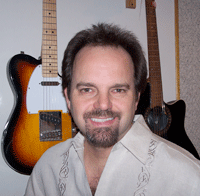
Mitch Amatrudo was born in 1961 in New Haven, CT. In the 5th grade he took trumpet lessons at his childhood school in Branford, CT. He quickly became one of only a few students town-wide to advance to a chair in the intermediate level concert band while still in elementary school. His first achievement in music came that same year, when he earned an award for the most improved new music student. Mitch went on to play trumpet for 3 more years, ultimately earning the 1st trumpet chair in the concert band.
In High School, Mitch switched from playing trumpet to drums and percussion. Since his older brother played drums in rock bands, and his Dad was a state-champion bass drummer in Fife and Drum Corps, there were always drums around the house to play. This made for an easy transition from trumpet to drums, and soon Mitch became a popular attraction at High School concerts as the drummer for the stage band, as well as the lead percussionist in the Marching Band. During High School Mitch also picked up guitar and piano. Though he had no formal instruction in either, he had a natural ability to play by ear, and impressed his family and friends with his ability to emulate his favorite songs. Mitch began drumming and singing in garage bands in the 10th grade, and within a year he had become locally known as being "the best drummer in town".
Mitch was a music major specializing in percussion for 1 year at the University of Bridgeport, but decided that he would pursue his musical interests elsewhere. At age 20 he took out a personal loan to purchase his first recording equipment, a Teac 4-track reel-to-reel system. He would spend his spare time recording covers of his favorite rock songs in his bedroom, always doing all of the instruments and vocals himself. Eventually he started recording his own material.
By the early 80's, Mitch was gaining valuable experience playing drums in clubs and recording demos in Connecticut, and finally in 1987 he packed his bags with his guitar player and headed out to Los Angeles. He played in many of the popular LA nightclubs and recorded many demos with various bands and musicians, meanwhile still recording demos at home.
Mitch returned to Connecticut in 1995, began a new career as a Firefighter, and soon upgraded to a modern computer based studio at his home in Manchester, CT where he lives with his wife Melissa, a bunch of pets, and a classic automobile.
Sole Survivor Studio
COMPUTER:
Home built PC, AMD Athlon 64x2 (2.61ghz,2GB) Antec case, Zalman fan
SOFTWARE:
Steinberg Cubase 4 Advanced Processing System
Wavelab Studio 6
Melodyne Editor
Antares Vocal Express
Antares Avox Articulator
INSTRUMENTS:
Alesis QS-7 Synthesise/Controller
Fender Telecaster Electric Guitar
Takamine GS330S Acoustic Guitar
Epiphone DR212NA 12-String Acoustic Guitar
Paul Beard Gold-Tone Resonator Guitar
Ibanez SR300 Electric Bass
Vintage Ludwig Drums
Percussion Instruments (various)
Oscar Schmidt Autoharp
Tyler Mountain Banjo
VOCAL/INSTRUMENT MICROPHONES:
Neumann TLM102
Shure KSM27
STUDIO HARDWARE:
RME Fireface 800 audio interface
M-Audio Delta 410 audio interface
Alesis AI3 adat Interface
Presonus Digimax D8 preamplifier
Presonus FaderPort
Neumann KH-120 studio monitors
JBL 830T studio speakers
Alesis RA100 Power Amplifier
Johnson J-Station Guitar Amp Modeler
Headphones by Sennheiser/Sony/Ultrasone
OUTBOARD GEAR:
dbx 266XL Compressor/Gate
Lexicon MPX100 Effects Processor
Alesis Microverb 4 Reverb
Alesis M-EQ230 Equalizer
DRUM MICROPHONES:
Shure Beta 52A kick
Shure PG52 floor tom
Shure PG56 toms/snare bottom
Shure SM57 snare top (w/ Granelli 90° mod)
Shure PG81 overheads
Audix F15 hi-hat
Oktava MK319 room
Here you can listen to samples of all the songs and make your purchase. All 12 songs are available individually
or you can download the entire album or order the CD, which is professionally manufactured digipak, plastic-wrapped, and includes cool full color photos and liner notes.
A great addition to your CD collection. Scroll-down to see all 12 songs.
SEE SPECIAL OFFER BELOW BEFORE ORDERING FROM CD BABY !!!
2 FOR 1 OFFER...BEST OF BOTH WORLDS SAVE $10.00 !!
IF YOU ARE ONE OF THE FIRST 50 TO ORDER THE CD DIRECT FROM ME (not from CDbaby) I WILL E-MAIL YOU A CODE AND LINK TO DOWNLOAD THE ENTIRE ALBUM IN DIGITAL MP3 FORMAT ($10.00 VALUE). COST IS $16.00 INCLUDING SHIPPING. COST FROM CD BABY FOR ALL THIS WOULD BE $26.00 THE CD ORDERS WILL BE SHIPPED ONCE A WEEK, BUT YOU WILL RECEIVE THE DOWNLOAD CODE IN A DAY OR 2.
To order send $16.00 to my Paypal account by clicking the "Buy Now" link below. Credit card orders are also accepted here, you do not need to have a Paypal account. If you want additional CD's please add an additional $10.00 per CD and I will ship the additional units at no extra charge !
Please visit MitchAmatrudo.com for more information about voice-over and production music for your business or emergency services organization. You can also read all about the restoration of my 1970 Plymouth Duster 340, and see some other cool stuff.
E-mail me at Mitch@mitchamatrudo.com
Sole Survivor Concept
The concept behind the art direction for "Sole Survivor" is that the world has suffered an apocalyptic event which few have survived. Those lucky (or unlucky) enough to have made it through the initial event will not survive without food & water, shelter, weapons, and the ability to remain hidden from human predators. The remaining people on earth were initially concerned with acquiring the above necessities. Those who were able to find a new, safe place to call home eventually began to miss some of the pleasures of their former lives, and soon realized that a world without music can be a lonely place.
One of these survivors was a guy who could play a lot of different instruments and liked to record music at home. Since he had an old van, he was able to bring more stuff with him when fleeing than most others could fit in their small cars, so he decided to pack all his instruments, his laptop, and his portable generator along with the bare necessities. Some months after settling into his new home, and after gaining confidence that the crack of the drums and the strum of the guitar would not compromise his secure position, he began spending his time creating music that perhaps could one day contribute to the rebuilding of the new world. Music that many of those who remain could hear and be reminded of a better, safer, friendlier time.
The photo location was discovered when my wife & I took a wrong turn on a hike (my fault). I had been looking for a spot that would lend itself perfectly to the concept of the album, and knew as soon as I saw it that this was it. The building sits on the site of the former Adams Paper Mill in Manchester, CT which operated from 1863 until sometime in the 1890's. The building appears to have been possibly a hydro-electric power plant. The photo session was in January of 2016. Fortunately it was an unseasonably warm day. I arrived early to set-up along with photographer Kevin O' Donnell and assistant Brooke Barrett. We completed the task in about 3 hours without incident in-spite of the suspicious looking nature of the situation !
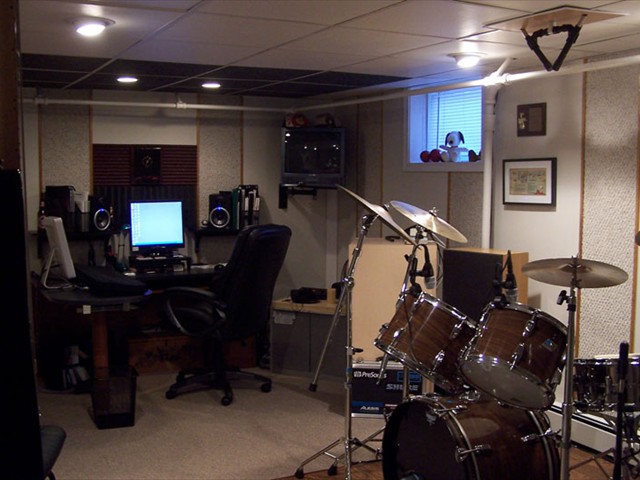

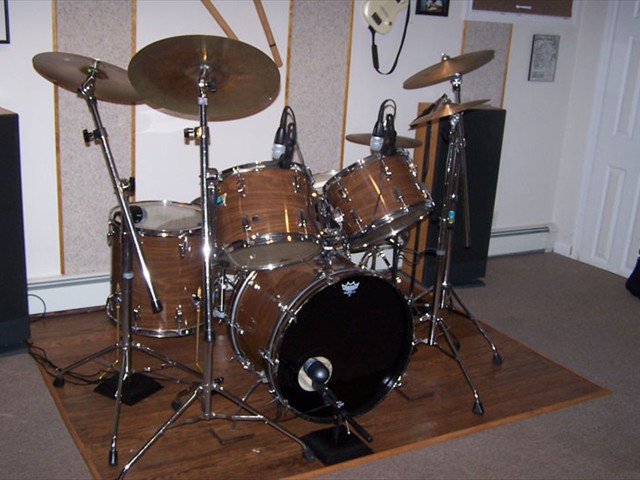
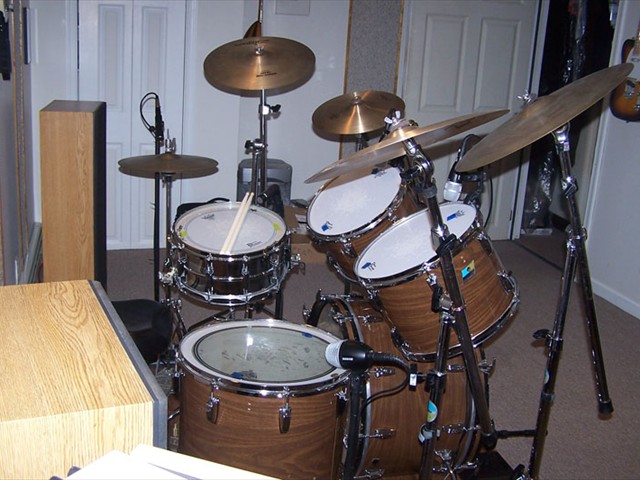
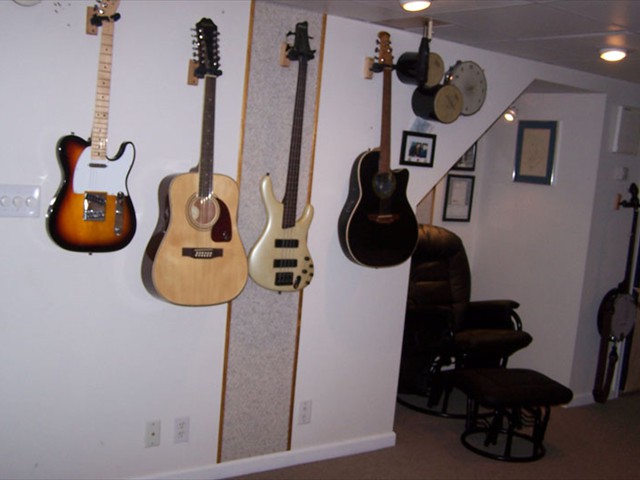
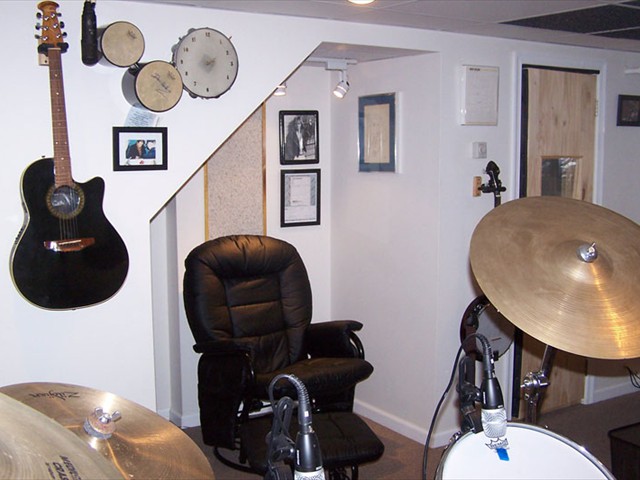
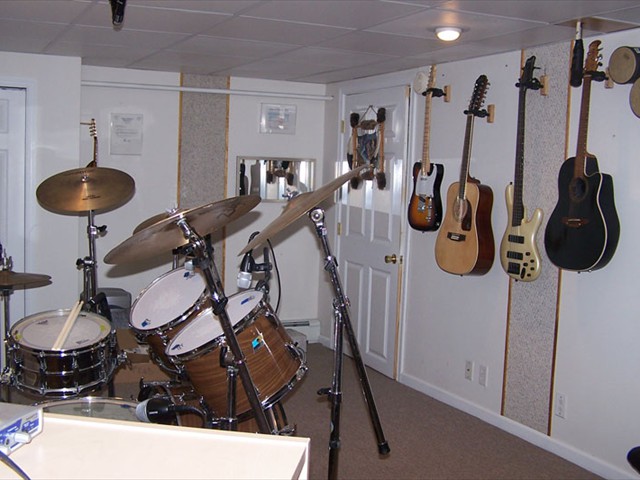
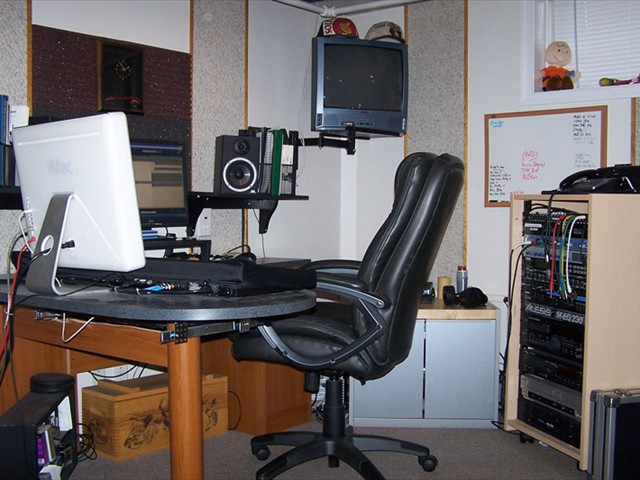
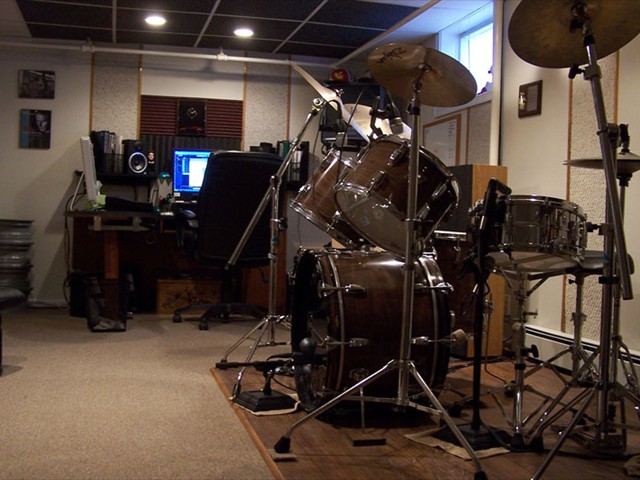
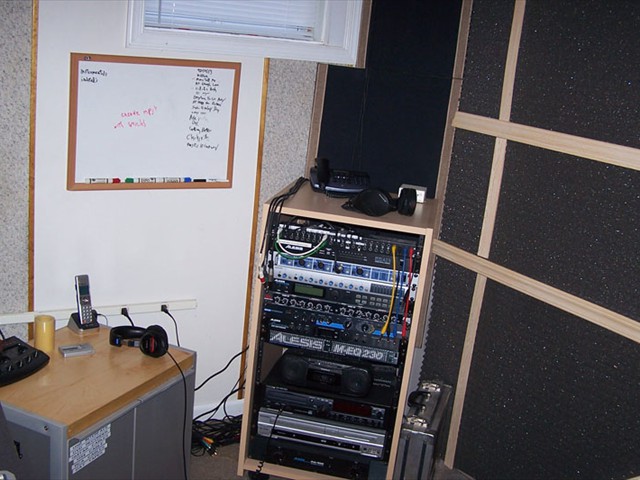

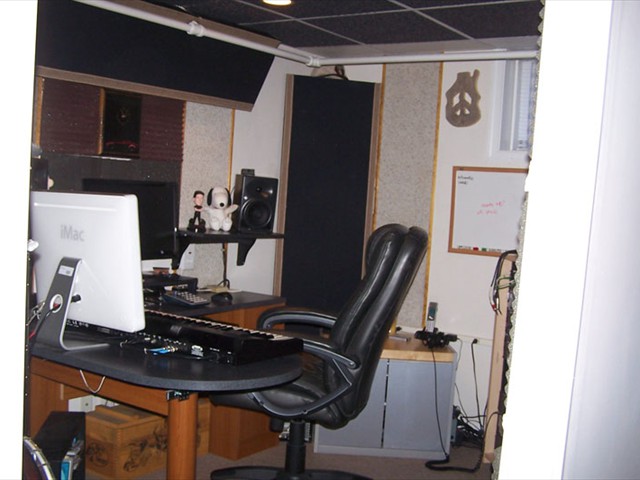
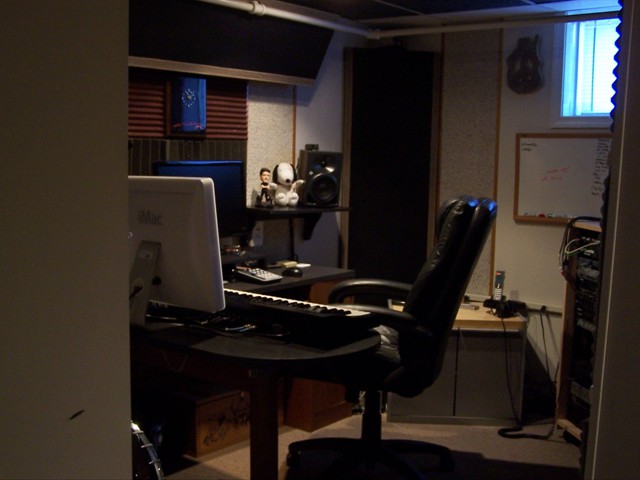
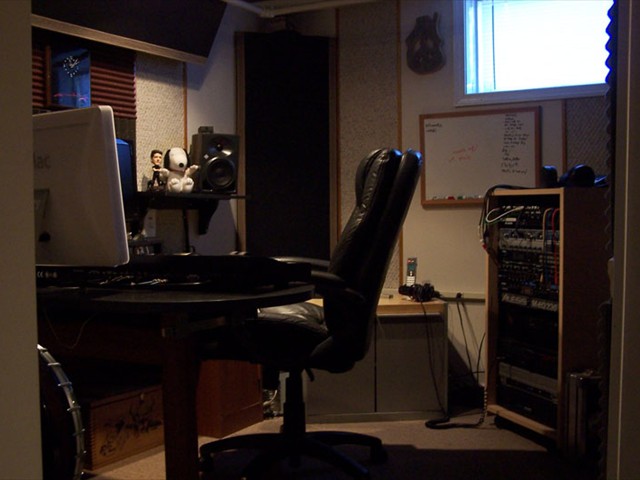
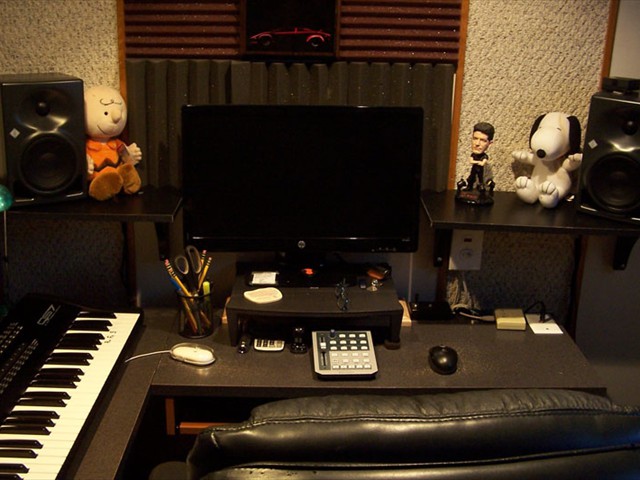
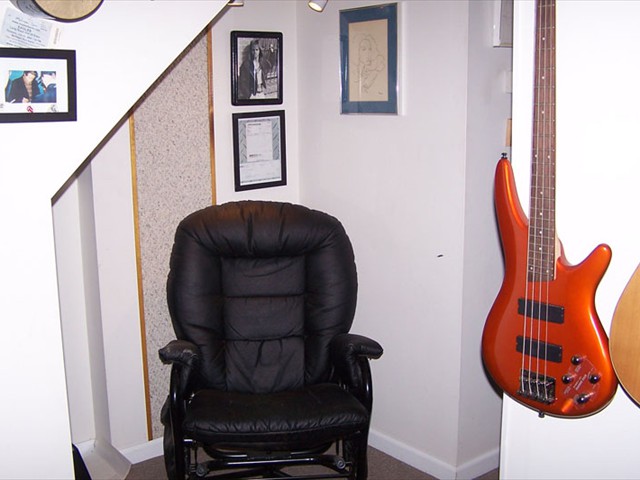
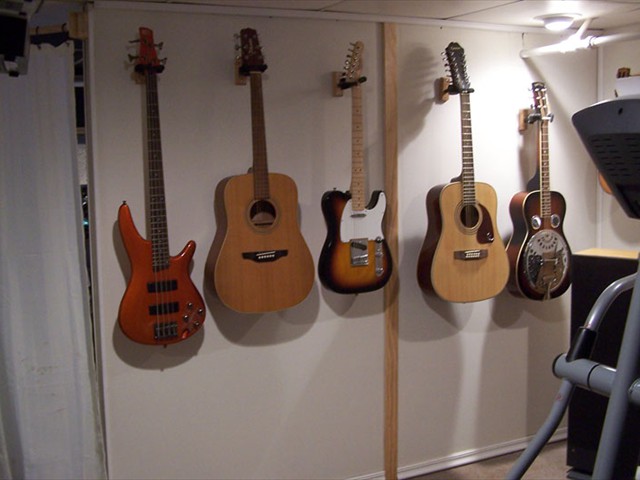
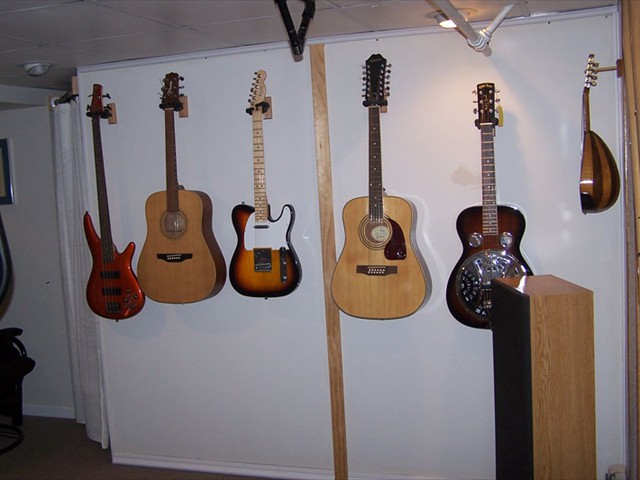
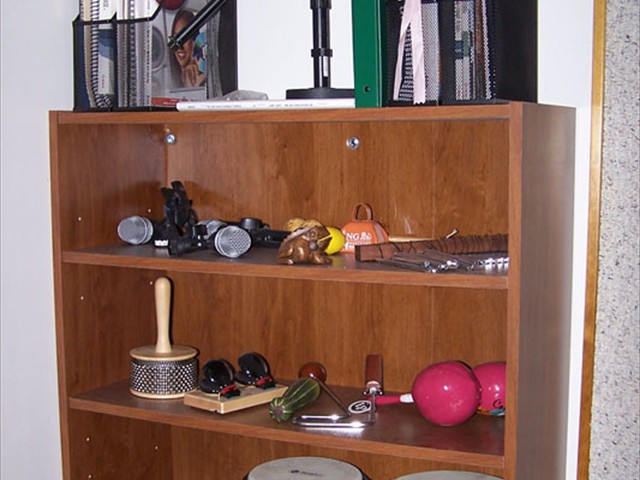
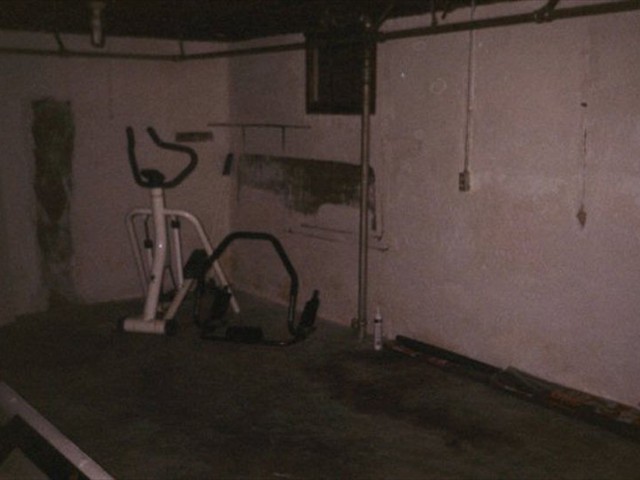
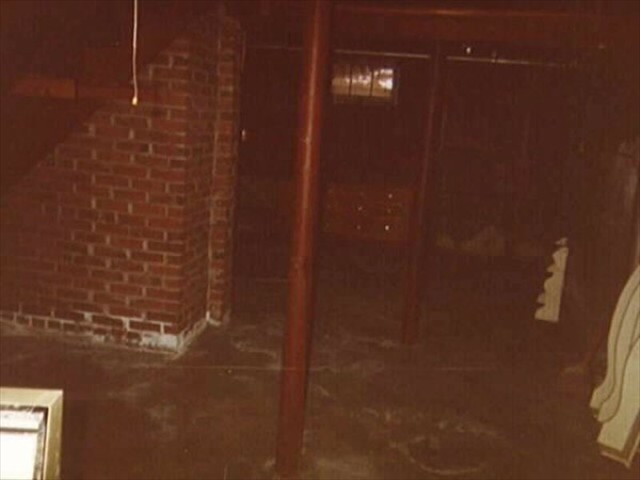
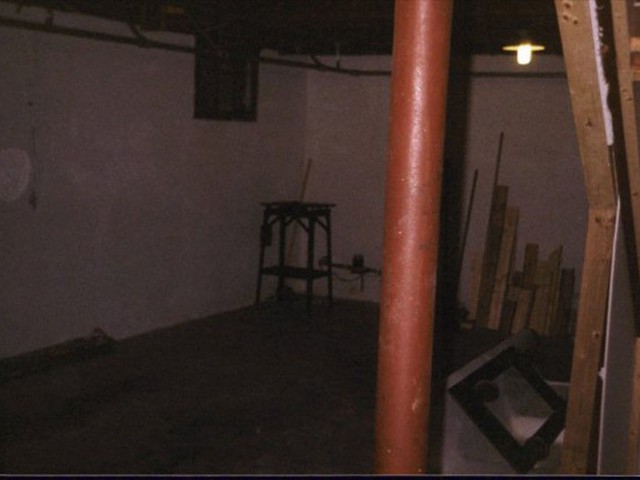
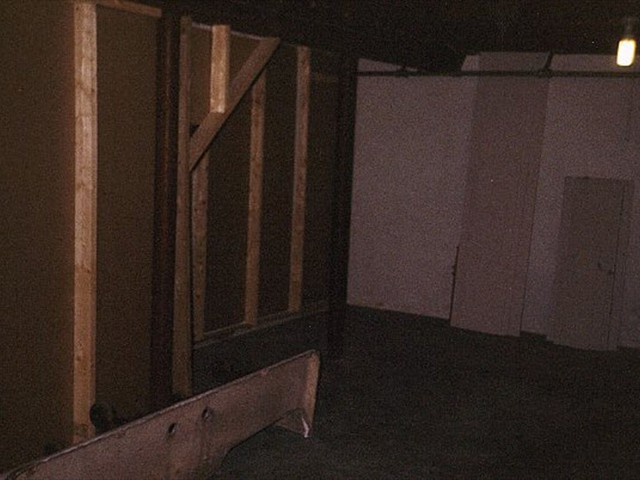
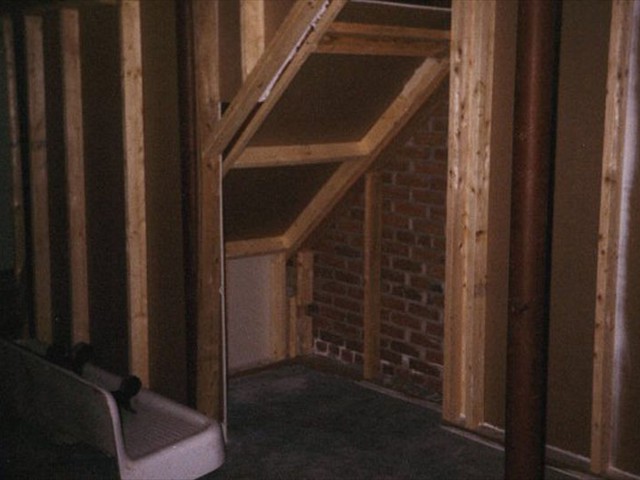
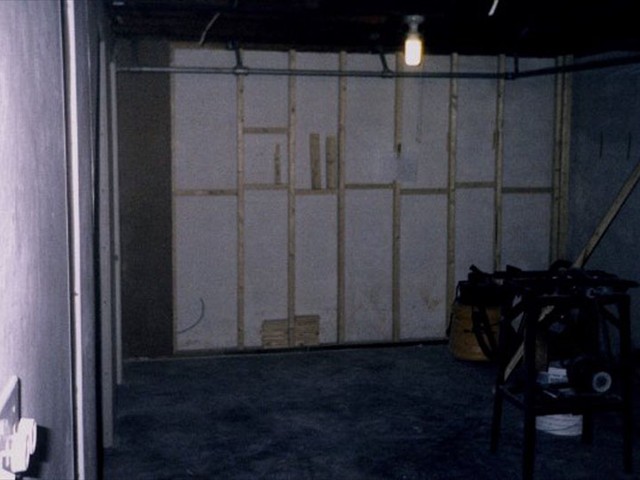
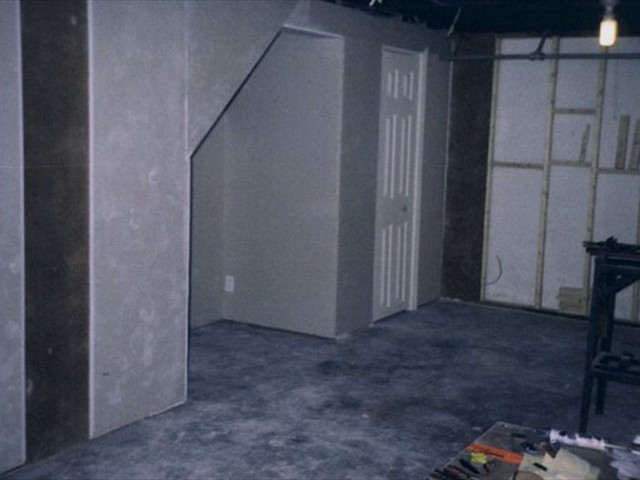
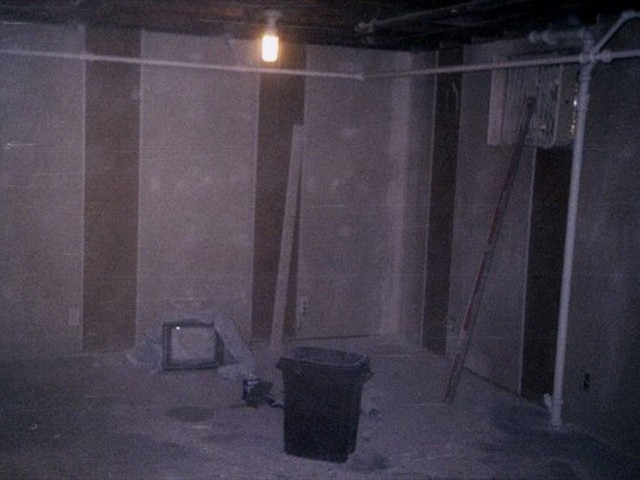
 1
1 2
2 3
3 4
4 5
5 6
6 7
7 8
8 9
9 10
10 11
11 12
12 13
13 14
14 15
15 16
16 17
17 18
18 19
19 20
20 21
21 22
22 23
23 24
24 25
25 26
26 27
27

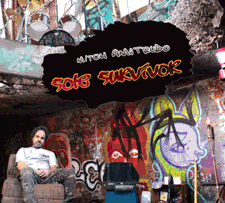
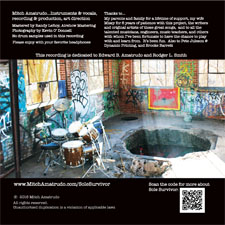
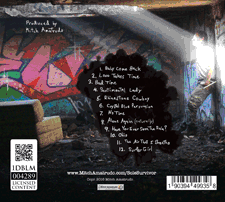
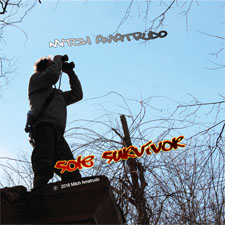
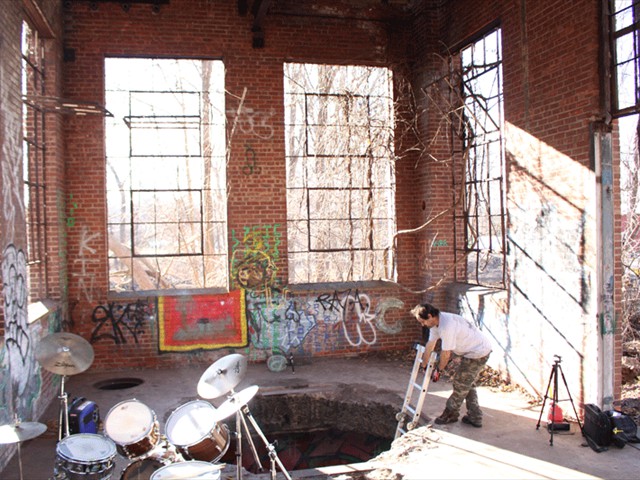
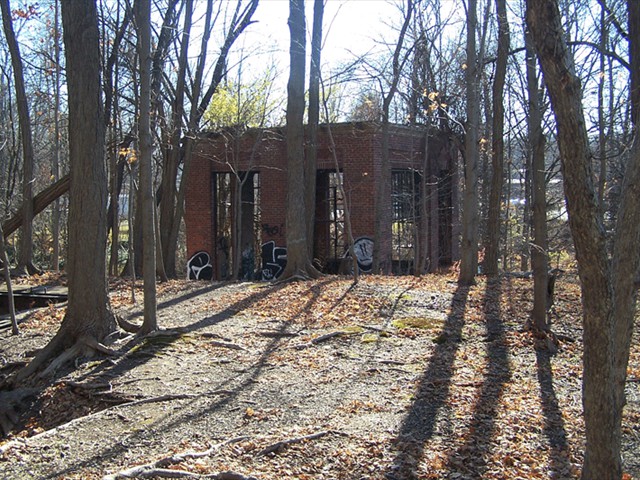
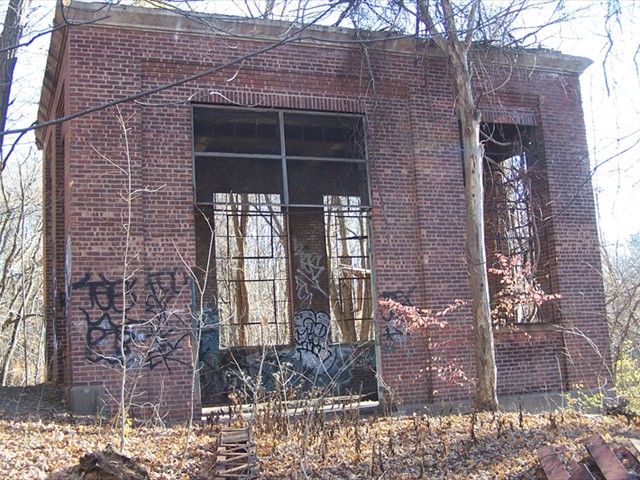
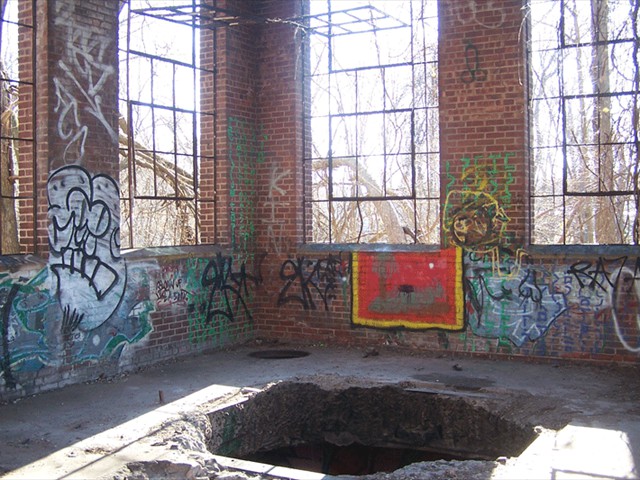
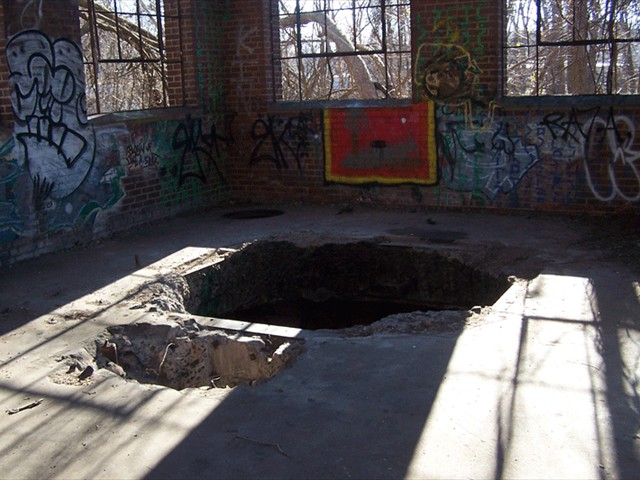
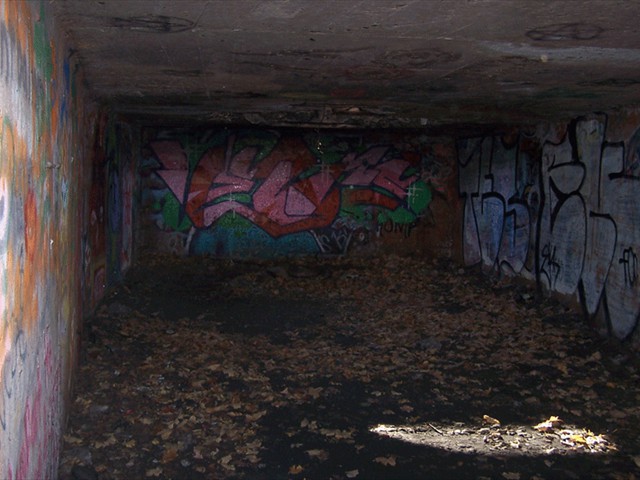
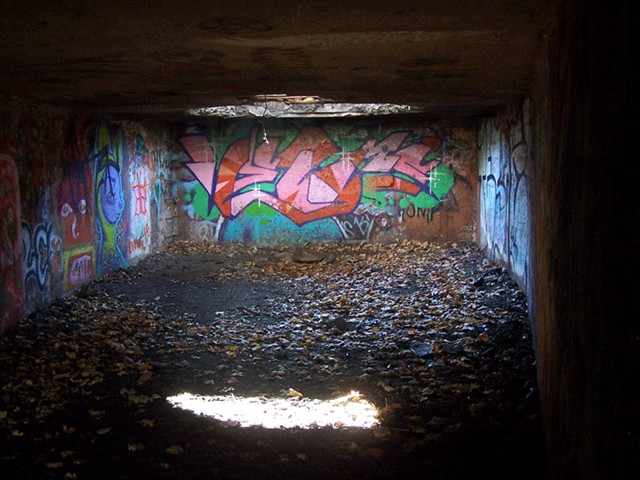

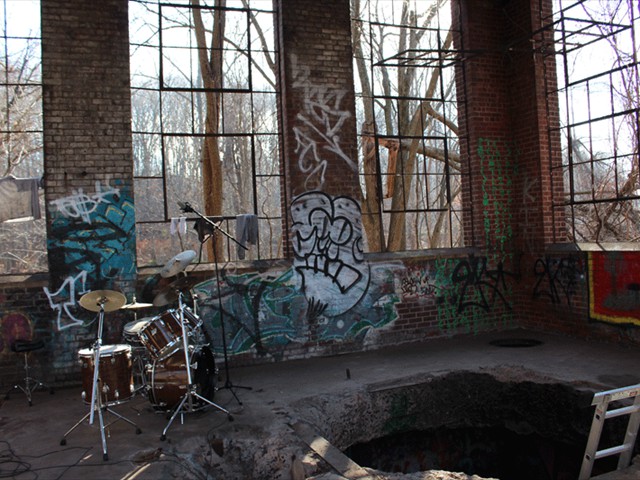
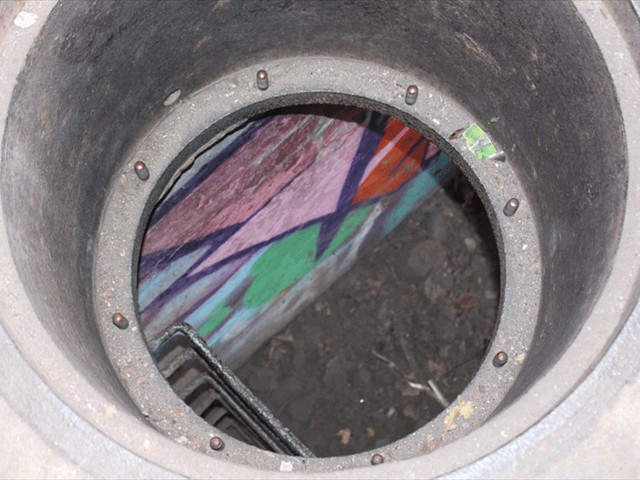
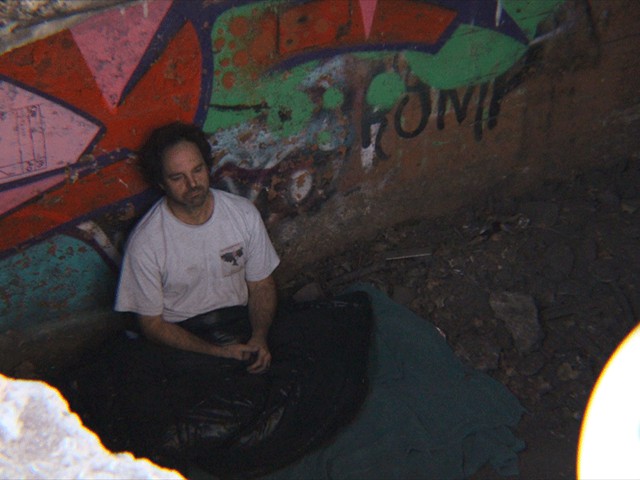
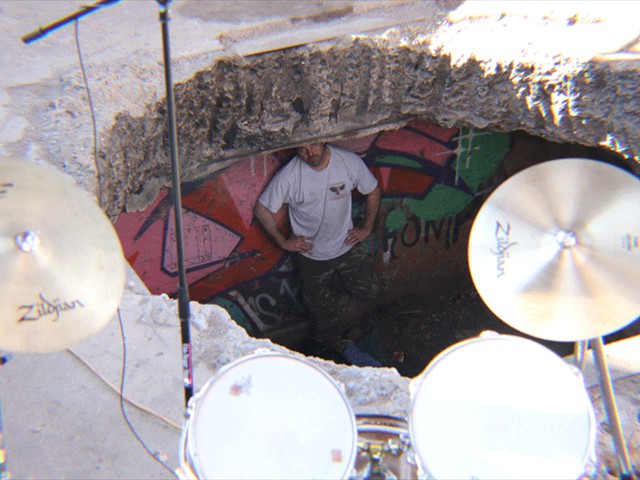
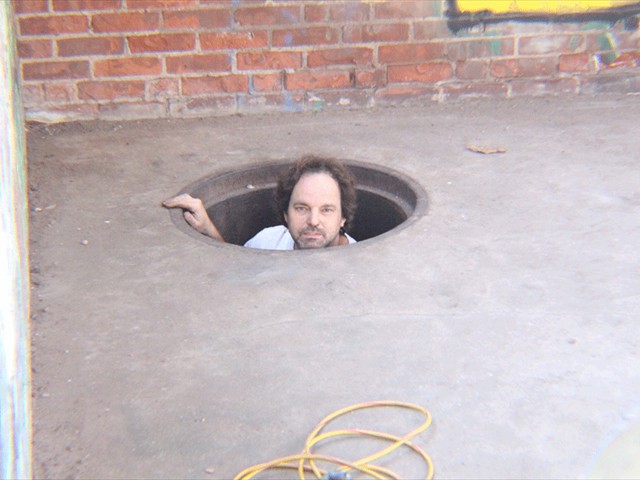
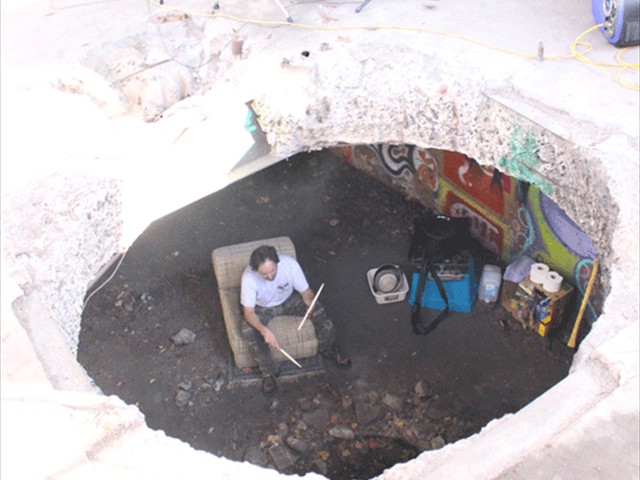
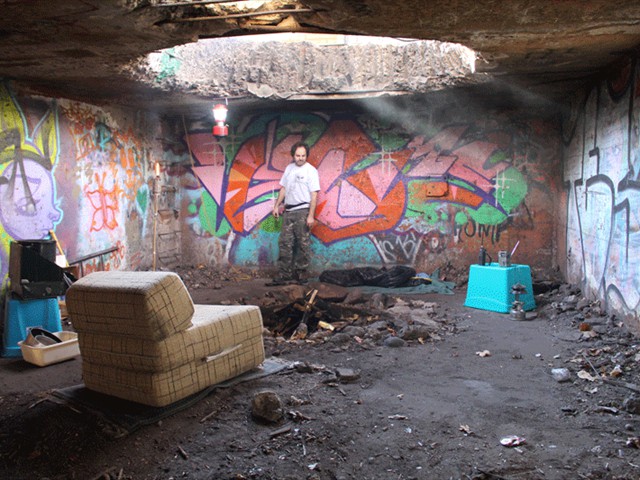
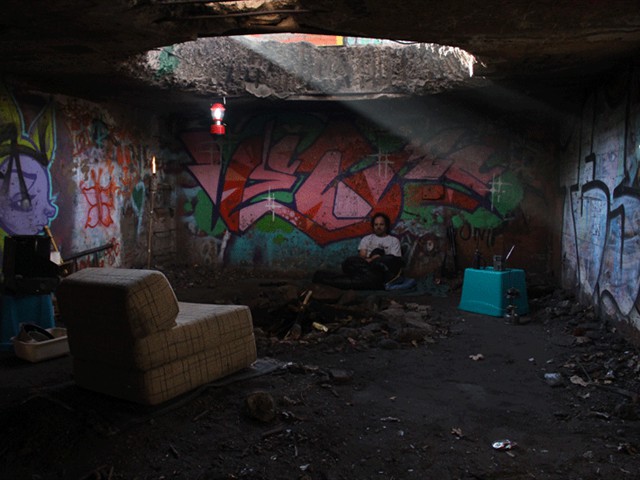
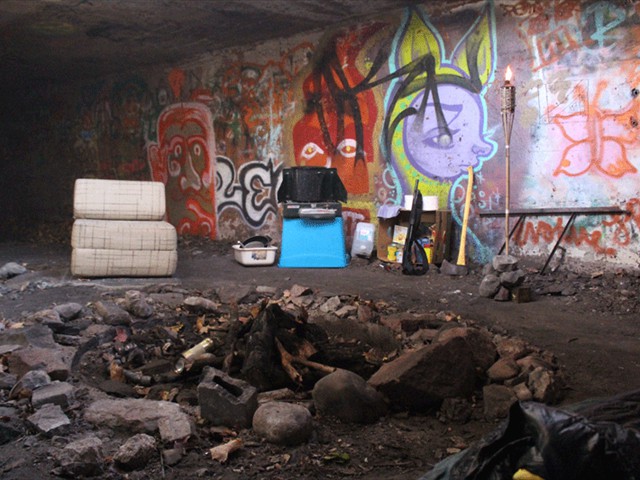
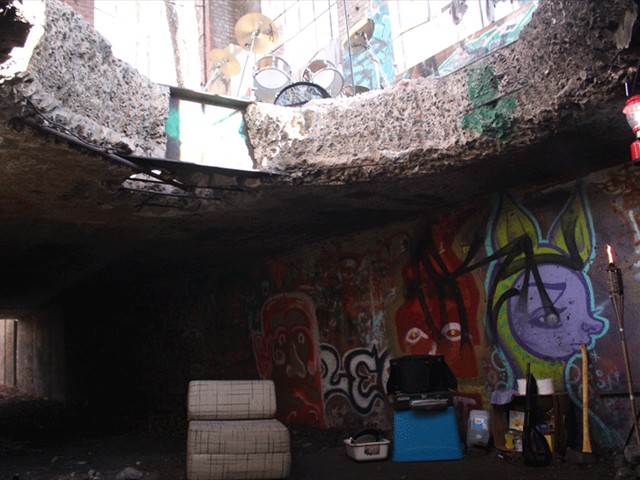

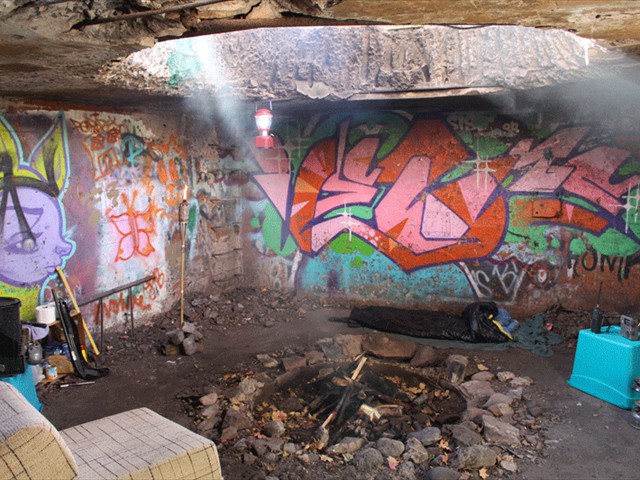


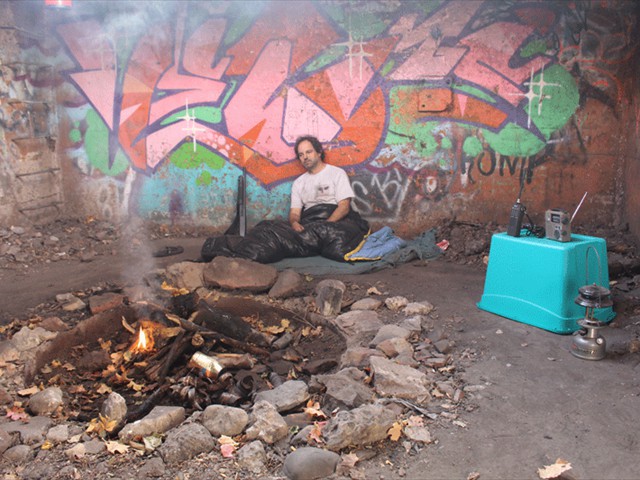

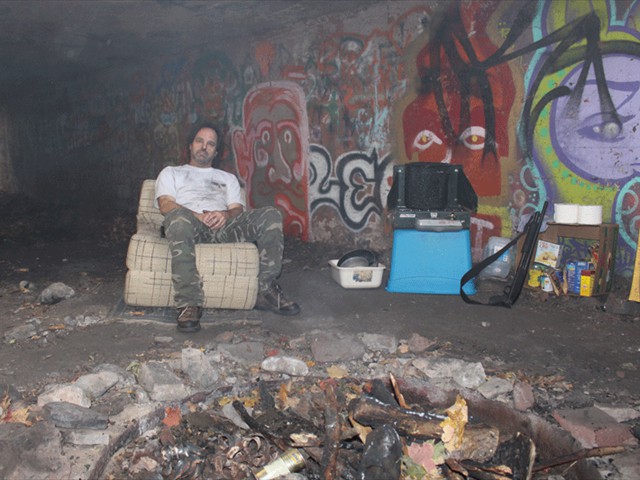
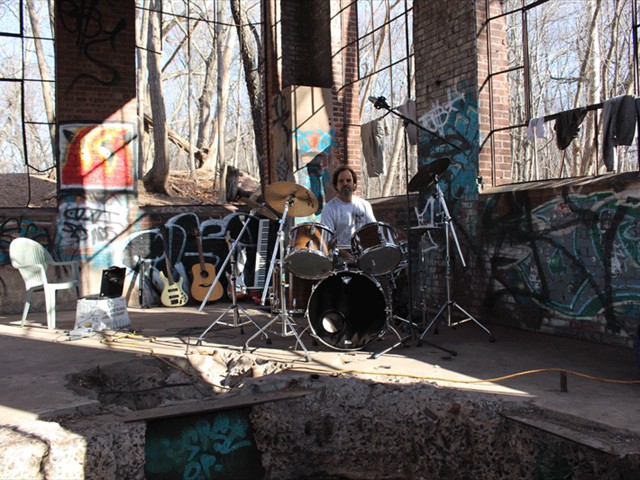
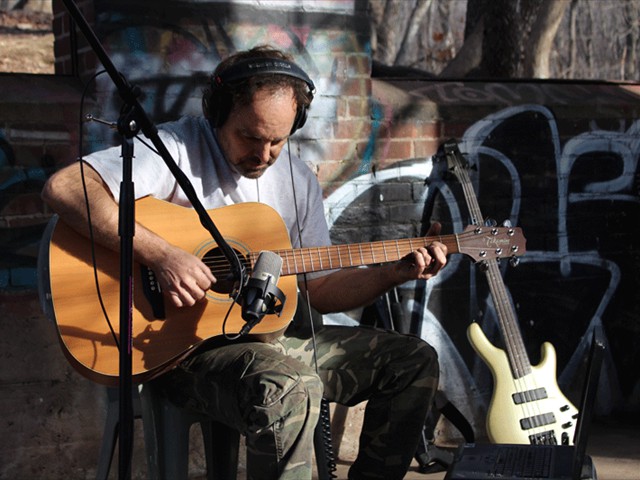
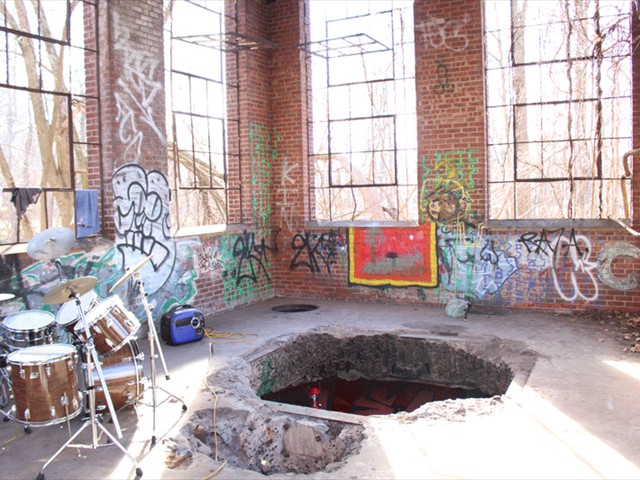
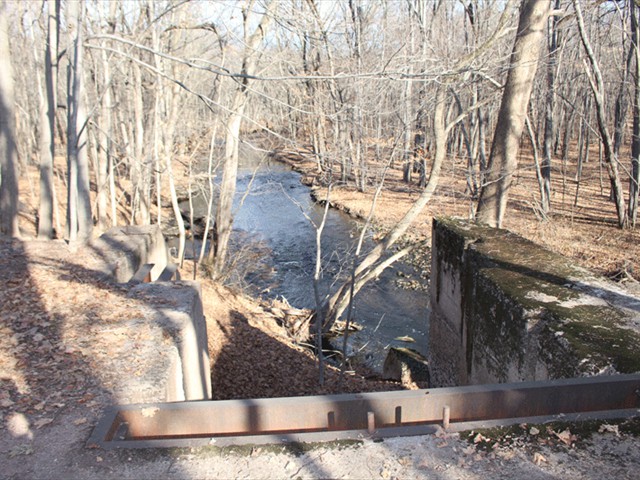
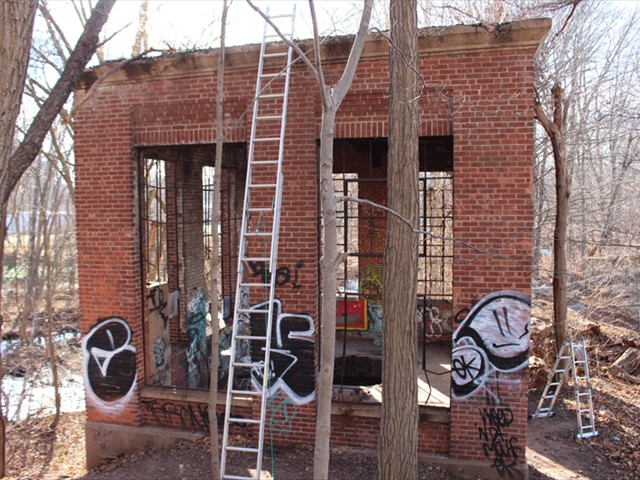

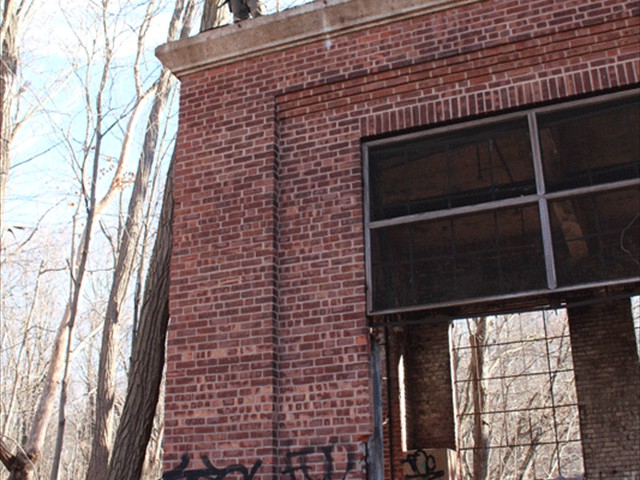
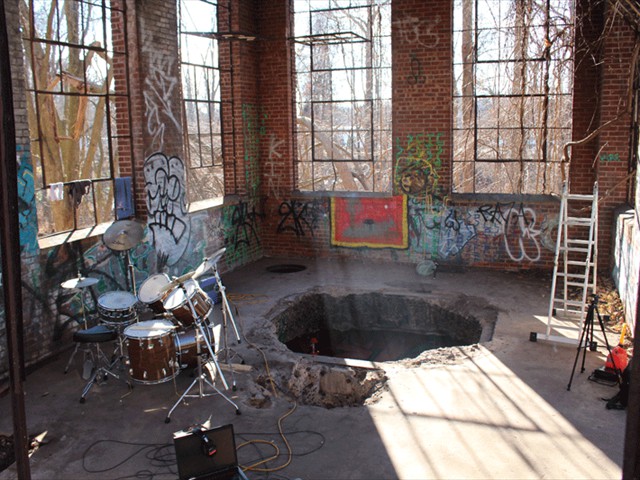
 1
1 2
2 3
3 4
4 5
5 6
6 7
7 8
8 9
9 10
10 11
11 12
12 13
13 14
14 15
15 16
16 17
17 18
18 19
19 20
20 21
21 22
22 23
23 24
24 25
25 26
26 27
27 28
28 29
29 30
30 31
31 32
32 33
33